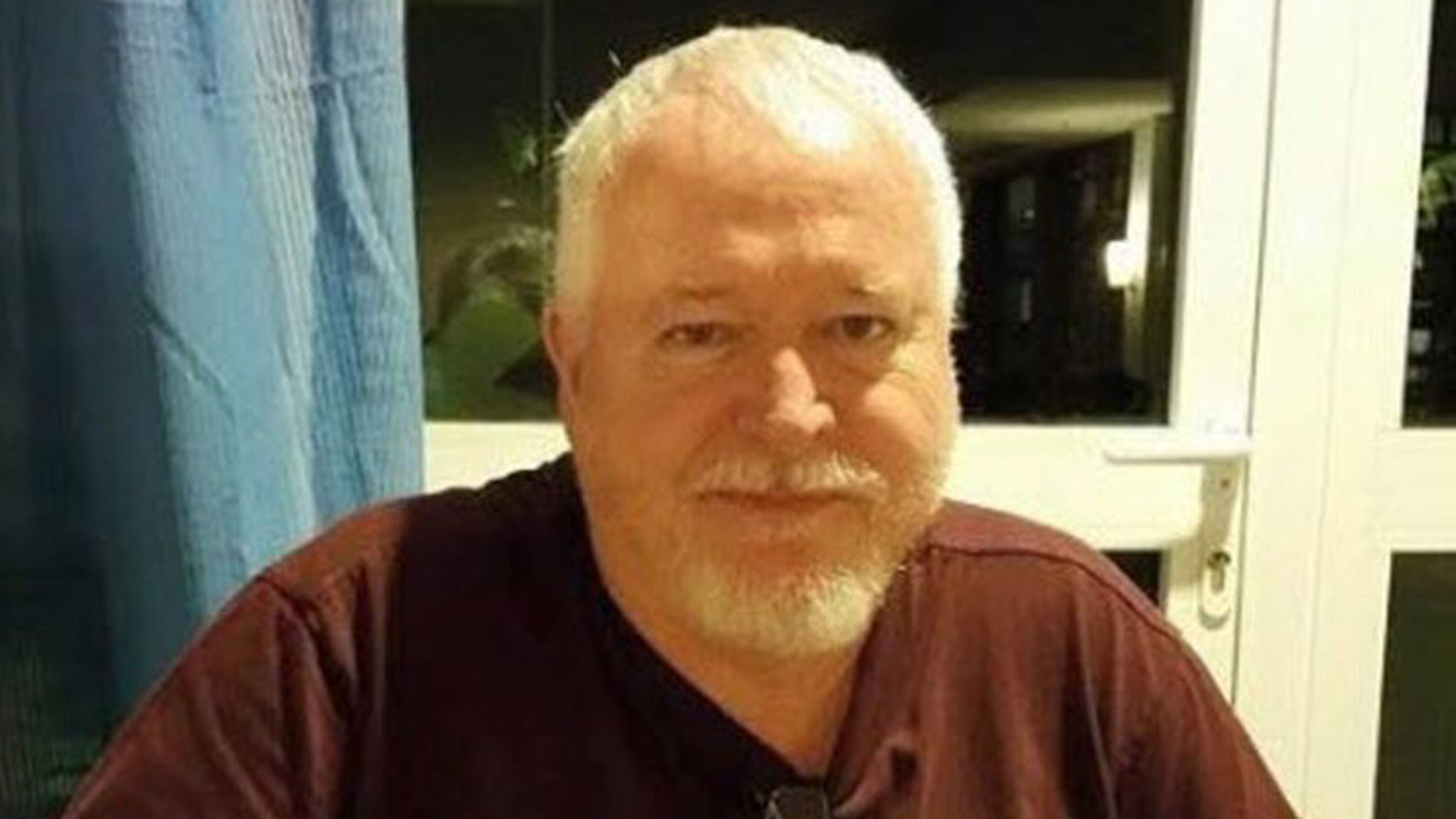Court Hears About Serial Killer Bruce McArthur’s Disturbing ‘Post Offense Rituals’

Credit to Author: Rachel Browne| Date: Mon, 04 Feb 2019 19:14:45 +0000
“For years, Toronto’s LGBTQ community believed they were being targeted by a killer. They were right.”
Those were among the first words the court heard on Monday during the first day of the sentencing hearing for serial killer Bruce McArthur, the former landscaper who pleaded guilty last week to eight counts of first-degree murder.
He faces an automatic life prison sentence with no chance of parole for 25 years. McArthur will be 91 years old by then. Throughout the hearings, more than two dozen victim impact statements are expected to be read into court.
Prior to the hearing, the Crown issued an unusual warning to those in attendance that graphic and gruesome details will be discussed that could affect the health and wellbeing of those in the courtroom.
Indeed, the gruesome ways McArthur killed his victims, staged their deceased bodies, and disposed of them were revealed in great detail as Crown prosecutor Michael Cantlon read the statement of facts to a packed Toronto courtroom.
This included what Cantlon described as “post-offense rituals”—McArthur posed his victims’ dead bodies and photographed them often wearing a fur coat with a cigar placed between their lips.
Cantlon recounted how McArthur carried out his crimes between 2010 and 2017 and how police had spent weeks surveilling him before catching him attempting to harm another man, who survived, last January. He was charged then with first-degree murder in the deaths of Selim Esen, Andrew Kinsman, Soroush Mahmaudi, Dean Lisowick, Majeed Kayhan, Skanda Navaratnam, Abdulbasir Faizi and Kirushna Kumar Kanagaratnam. McArthur has been held in custody ever since.
All of the men Bruce McArthur killed shared many commonalities, Cantlon said. They had ties to Toronto’s gay village, many met or communicated with the former landscaper through dating apps. And many shared physical attributes including facial hair.
The victims also shared striking social features, Cantlon continued, specifically traits that “made victimization more likely or harder to detect.” This includes precarious living situations, such as was the case with Dean Lisowick, who was in and out of Toronto shelters. Kirushna Kanagaratnam was an asylum seeker from Sri Lanka whose refugee claim was denied and was set to be deported. Neither one of these men had been reported missing.
McArthur capitalized on such circumstances. He “sought out and exploited these vulnerabilities to continue his crimes undetected,” Cantlon said. He added that most of the killings were facilitated under the pretense of sex, and a frequent site of the killings was McArthur’s bedroom. A photo of McArthur’s grey poster bed was shown on screens in the courtroom. He repeatedly killed his victims using ligature strangulation.
And his involvement with each victim did not cease after each killing was completed, Cantlon continued.
As a result of a search warrant, the court heard how police officers covertly searched McArthur’s apartment and found photos of the deceased victims on his digital devices. There were 18 photos of one of his victims, Andrew Kinsman, a superintendent of a Toronto building who vanished in June 2017. The photos showed Kinsman lying on top of a fur coat, naked, with pillows and blankets beneath him. There was a rope looped around his neck that held a bar wrapped in tape. This mechanism, the Crown stated, would increase the pressure on the victim’s neck when rotated. These details are similar to those surrounding his other victims.
McArthur kept items belonging to the victims, according to the agreed statement of facts. Investigators discovered a duffle bag containing duct tape, rope, zip ties, a bungee cord, syringes, and a surgical glove, during their search of McArthur’s bedroom. Police also found the fur coat in a compartment of his vehicle.
On the day he was arrested last year, McArthur had already been under intense police surveillance, Cantlon stated. And so when he brought up a man identified as John to his apartment, that drew the attention of the police officers watching him. Inside his apartment, McArthur told John to go to his bedroom and eventually handcuffed him to his bed and placed a bag over his head. When John was able to remove the bag, McArthur attempted to tape his mouth shut. Shortly after, police officers arrived and arrested McArthur. John survived.
The court will decide whether McArthur will serve concurrent or consecutive sentences for the eight murders. If the sentences are stacked on one another, that would push back his eligibility for parole even further.
Family members and community leaders have called for a public inquiry into the way in which police officers dealt with the case. For years, concerns that a serial killer was targeting Toronto’s LGBTQ+ community were rebuffed by police. Last year, the Toronto Police board struck an independent review of how the force handles missing persons cases, excluding the McArthur investigation.
The former Ontario Court of Appeal judge overseeing the review requested after his guilty plea that her mandate be expanded to include McArthur.
The sentencing hearing is expected to continue through Wednesday.
Follow Rachel on Twitter